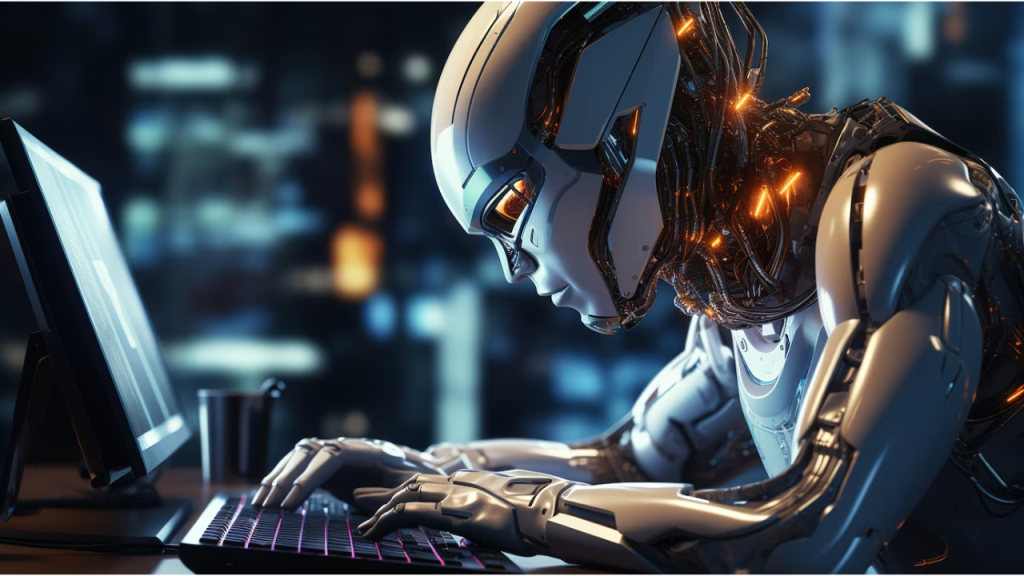
A new research paper by Google DeepMind has predicted the dangers and risks associated with human-level artificial intelligence. The study highlights the risks that artificial general intelligence (AGI) could pose to humanity. The 145-page document states that human-level artificial intelligence is not too far away and could become a reality by 2030. It goes on to further claim that AGI has the potential to “permanently destroy humanity.”
The research paper, co-authored by DeepMind co-founder Shane Legg, states that “as with any transformative technology, AGI will provide significant benefits while posing significant risks. This includes risks of severe harm: incidents consequential enough to significantly harm humanity.”
How Can AGI Be “Harmful”
The document quantifies the harms associated with AGI into four risk areas – misuse, misalignment, mistakes, and structural risks.
Misuse – The bad actors may instruct AI to conduct cyberattacks or exploit zero-day vulnerabilities against the intent of the developer.Misalignment – The AI system, knowingly, may provide confident answers that may be factually incorrect, and could lead to misinformation, deception, and scrutiny by AI overseers.Mistakes – The AI system could misinterpret the developer’s commands and produce a sequence of outputs that cause direct harm. For example, an AI agent may not be aware that a power grid requires maintenance, and it could overload the transmission line, causing a power outage.Structural risks – Lastly, structural risks could be borne out of multi-agent systems, where multiple people, organisations, or AI systems are involved. The AI system could provide false information arising from different dynamics, which could not have been prevented simply by one’s behaviour or one system’s safety controls.
How Can AI Be Made Safe
The Google DeepMind research also highlights key factors to consider while developing AI systems, which could help reduce risks across the mentioned areas.
To prevent misuse, the developers need to keep safety protocols in place to identify and restrict the system’s ability to conduct such activities.To mitigate misalignment, DeepMind is currently deploying amplified oversight and, emphatically determining what tasks need oversight to align the trained system.As with mistakes, DeepMind suggests standard safety engineering practices, such as testing, to drastically reduce the risks.Structural risks, on the other hand, are a much bigger category, and each risk under this umbrella might require a custom approach. These could be much harder for an AI developer to address, as they involve multi-agent dynamics.

